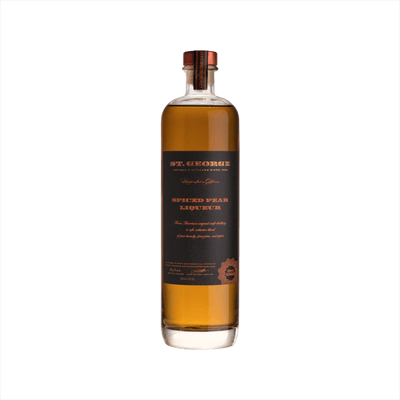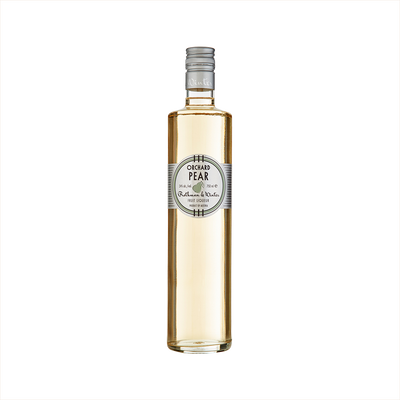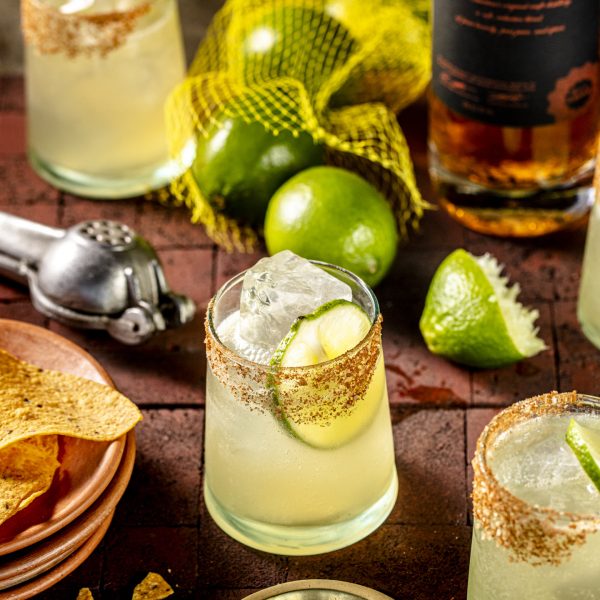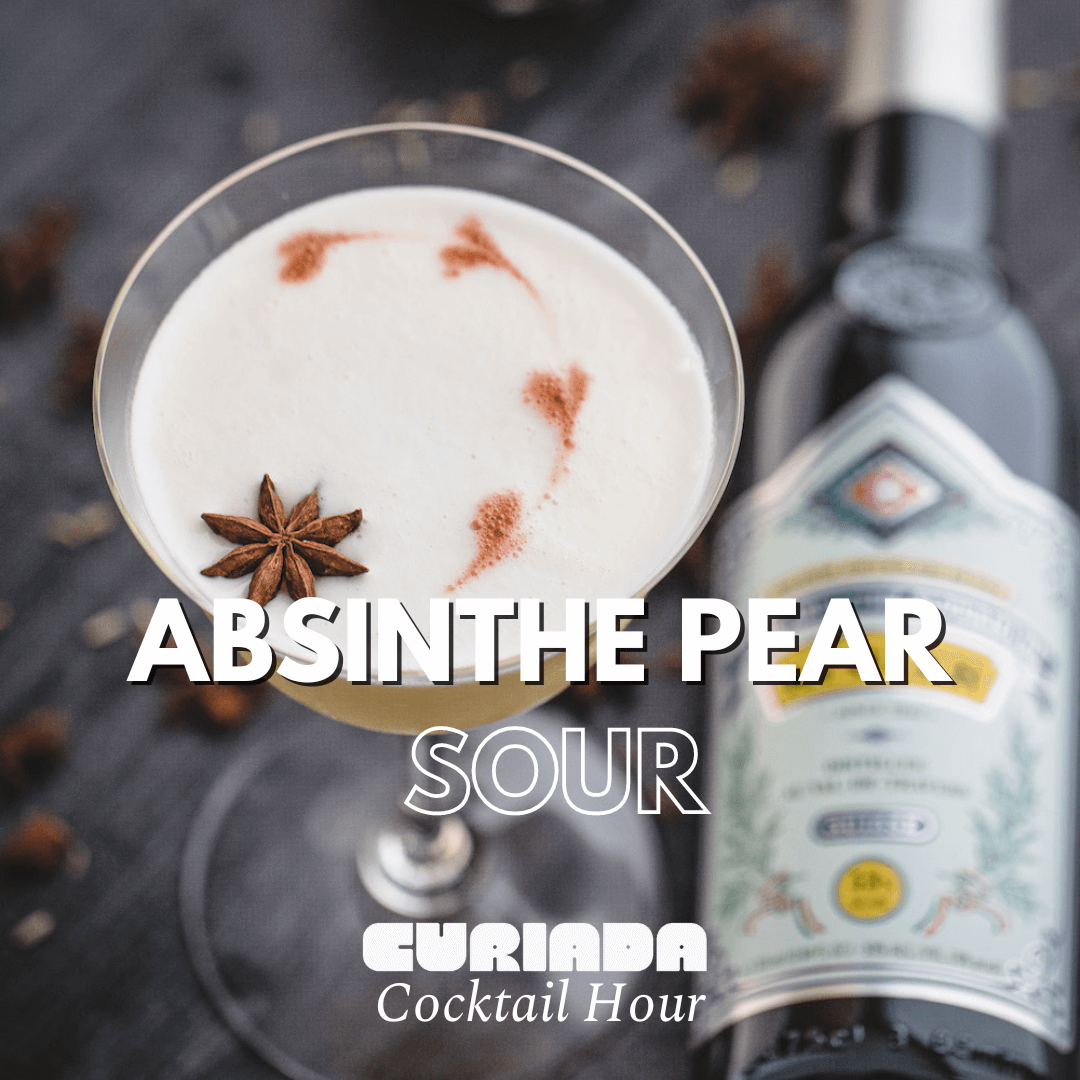Pear Liqueur
What is Pear Liqueur?
Pear liqueur is a sweet, aromatic type of Fruit Liqueurs made by infusing neutral spirits with fresh pears or pear juice, then adding sugar to create a smooth, dessert-like drink. What defines pear liqueur is its delicate, floral sweetness that captures the essence of ripe pears - sometimes enhanced with spices like cinnamon or vanilla - while maintaining enough alcohol content to preserve the fruit's natural flavors. The best pear liqueurs balance the fruit's subtle perfume with a clean finish, making them perfect for sipping neat or adding an elegant touch to cocktails.
Learn More About Pear Liqueur
What makes Pear Liqueur unique?
Pear liqueur stands apart from other fruit liqueurs with its distinctively delicate and floral profile, offering subtle honeyed sweetness rather than the bold, tart punch you'd find in cherry or berry liqueurs. The fruit's naturally low acidity creates a smoother, more refined drinking experience that pairs beautifully with both light aperitifs and rich dessert cocktails. Unlike citrus-based liqueurs that bring brightness or stone fruit varieties that pack dense, jammy flavors, pear liqueur adds an almost ethereal quality to drinks—think of it as the quiet sophistication in your liqueur cabinet.
How is Pear Liqueur made?
Pear liqueur starts with ripe pears that are either fermented and distilled into a pear brandy base, or fresh pear juice and pulp are macerated directly in neutral spirits to extract the fruit's essence. Sugar or simple syrup is added to balance the natural tartness and create that characteristic sweet, viscous texture. Some producers age their pear liqueurs in oak barrels for added complexity, while others prefer steel tanks to preserve the bright, fresh pear flavors.
How do you drink Pear Liqueur?
Pear liqueur shines brightest when served chilled as a digestif after dinner, either neat in a small cordial glass or over ice to mellow its sweetness. While some enjoy it as a sipping spirit, it truly comes alive in cocktails where its delicate fruit notes can complement other ingredients - think elegant martini variations, champagne cocktails, or mixed with whiskey and citrus for autumn-inspired drinks. The liqueur's natural affinity for fall and winter makes it perfect for cozy evening gatherings, holiday celebrations, and any time you want to add a touch of orchard sweetness to your glass.
How do I choose good Pear Liqueur?
Look for pear liqueurs that list real pear juice or pear brandy as primary ingredients rather than artificial flavoring – brands like Clear Creek from Oregon or St-Germain's pear expressions offer authentic fruit character that shines in cocktails. If you're mixing bright, citrusy drinks like a Pear Bellini or French 75 variation, opt for a lighter, more delicate pear liqueur that won't overpower the bubbles, while richer cocktails like an autumn Old Fashioned can handle the deeper, more concentrated flavors of a pear eau-de-vie or brandy-based liqueur. Always taste before buying when possible, as pear liqueurs range from candy-sweet to sophisticated and dry, and your cocktail's balance depends entirely on matching the right intensity to your recipe.
Nutritional Information
Typical Calorie Range per Ounce: 80-105 calories
Typical Carbohydrate Range per Ounce: 8-13 grams
Typical Sugar Range per Ounce: 7-12 grams
Typically Gluten Free: Yes
Most pear liqueurs are naturally gluten-free since they're distilled from pears or neutral spirits and sweetened with sugar. The distillation process removes gluten proteins even when grain-based spirits are used as the base. Keep in mind that different brands use varying production methods and ingredients, so always check the specific product label and manufacturer information to confirm gluten-free status if you have celiac disease or gluten sensitivity.
Scrolled this far? Your reward? Pear Liqueur Trivia!
- The pear actually grows inside the bottle. Traditional pear brandies like Poire Williams aren't just poured into bottles with decorative fruit – the bottles are carefully placed over tiny pear buds while they're still on the tree. The pear grows to full size inside the glass, creating an impossible-seeming magic trick that stumps nearly everyone who sees it. The bottles must be supported and protected throughout the growing season, making each one a small agricultural miracle.
- Medieval monks believed pear liqueur could cure lovesickness. Benedictine monasteries across Europe developed pear-based spirits not just for their divine taste, but because they genuinely believed the fruit's essence could mend broken hearts and restore emotional balance. They'd prescribe small doses to heartbroken villagers, and the practice became so widespread that pear liqueur earned the nickname "cupid's medicine" in some regions. Whether it actually worked probably had more to do with the alcohol content than any mystical properties.
- Pear liqueur was once more expensive than gold by weight. During the 17th century, certain rare pear varieties used for premium liqueurs commanded astronomical prices among European nobility. The legendary Bon-Chrétien pear liqueur served at Versailles cost more per ounce than gold jewelry, partly because the specific pear variety was incredibly difficult to cultivate and partly because the distillation process took over two years. Louis XIV reportedly kept his personal supply under armed guard.
- The "pear drop" candy flavor has nothing to do with actual pears. That distinctive artificial pear taste we know from candies and cheap liqueurs comes from isoamyl acetate, a compound that occurs naturally in bananas, not pears. Real pear liqueur tastes completely different – more floral, subtle, and complex. The mix-up happened when early food chemists were trying to recreate pear flavor synthetically and accidentally captured the essence of overripe bananas instead. The fake version became so popular that many people think that's what pears actually taste like.
- Pear liqueur can spontaneously change color based on the weather. Certain artisanal pear liqueurs contain natural compounds that react to barometric pressure changes, causing the liquid to shift from clear to pale amber when storms approach. This phenomenon, known as "weather glass liqueur," was discovered by accident by Swiss distillers in the Alps. They noticed their bottles would change color before avalanches and began using them as early warning systems. Modern versions are deliberately crafted to maintain this color-changing property as a novelty.
Higher-proof spirits can be intense. Mix carefully, taste thoughtfully, and enjoy responsibly.
Gift message (optional)





